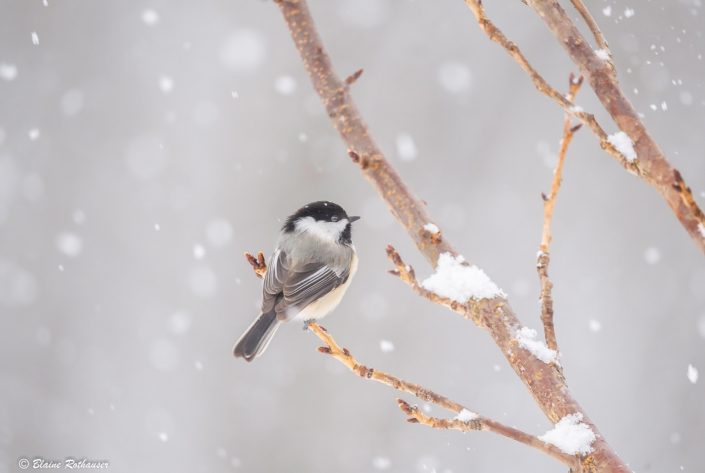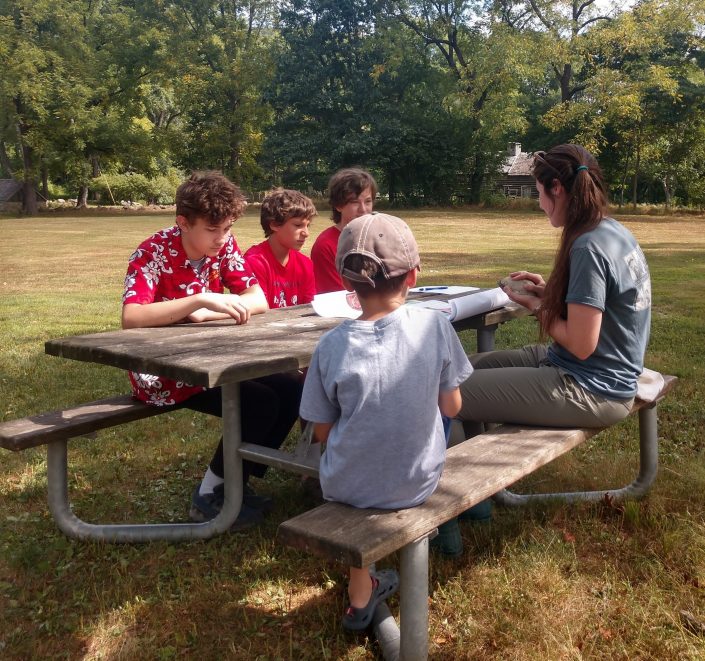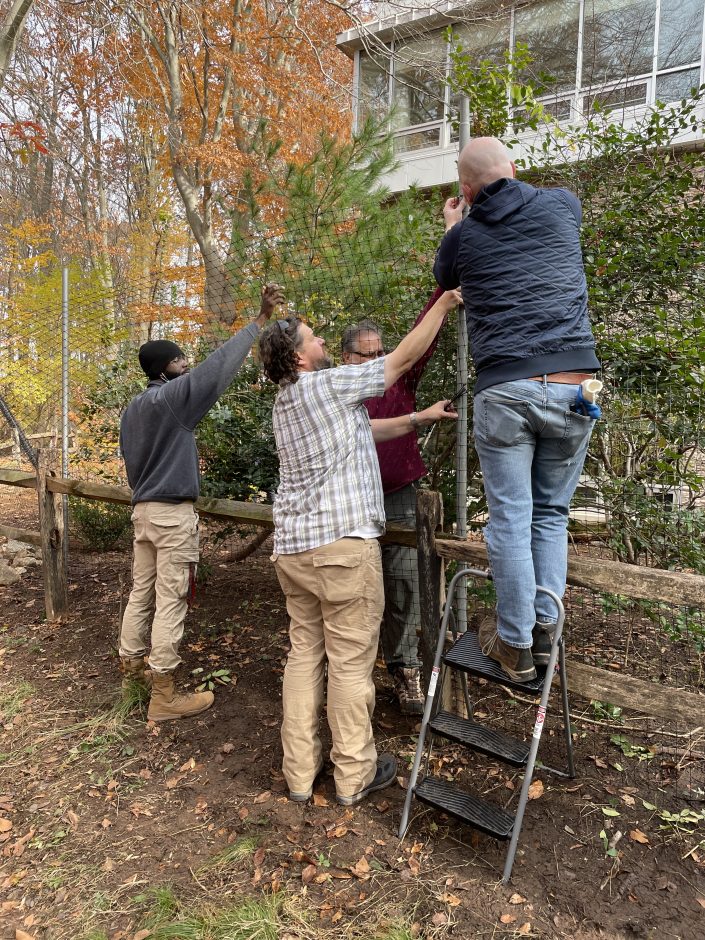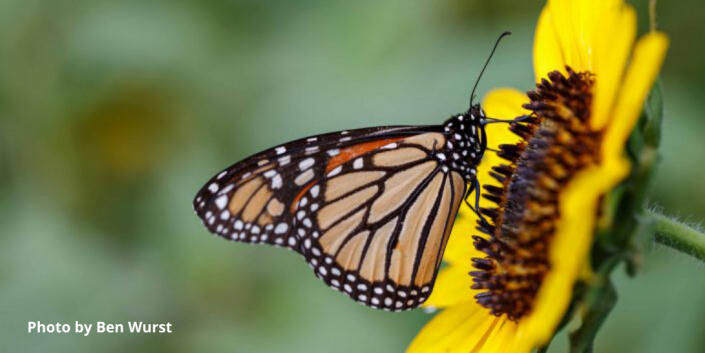Species on the Edge Winners Explore Sedge Island
by Rachel McGovern, Communications and Outreach Manager
Just off the coast of Island Beach State Park, you can find the Sedge Islands Marine Conservation Zone. This unique area is managed by the New Jersey Department of Environmental Protection and is home to a great number of wildlife species. Across this 1,900-acre preserve, one can find ospreys, rays, Northern diamondback terrapins, American oystercatchers, and many other incredible animals. Tucked away in this area is an island with a historic building that was once a duck hunting lodge but is now the Sedge Island Natural Resource Education Center.
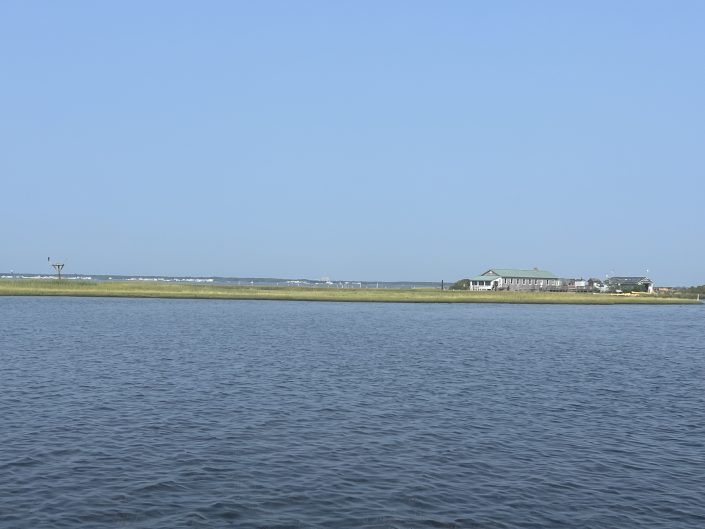
Each year, winners of the Species on the Edge Art & Essay Contest are invited to the Sedge Island Natural Resource Education Center (often referred to as simply “Sedge” or “Sedge Island”) to spend a day exploring the salt marsh. The Species on the Edge Art & Essay Contest is held annually for fifth graders in New Jersey. To enter, students submit an original art piece and essay centered around an at-risk New Jersey species of their choice. A panel of judges chooses a winner from each county in New Jersey. A trip to Sedge Island is one of the ways that we celebrate the winners’ achievements. Winners of the 2024 contest and their adult chaperones were offered a choice of dates to join us for a trip to Sedge Island this summer.
Continue reading “Species on the Edge Winners Explore Sedge Island”
